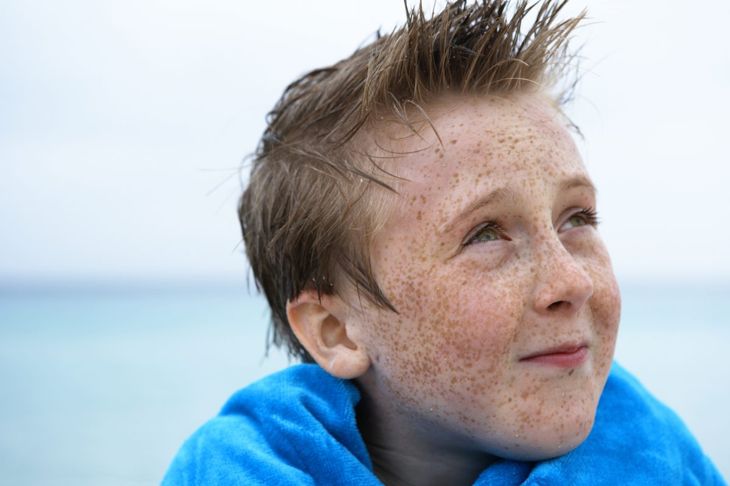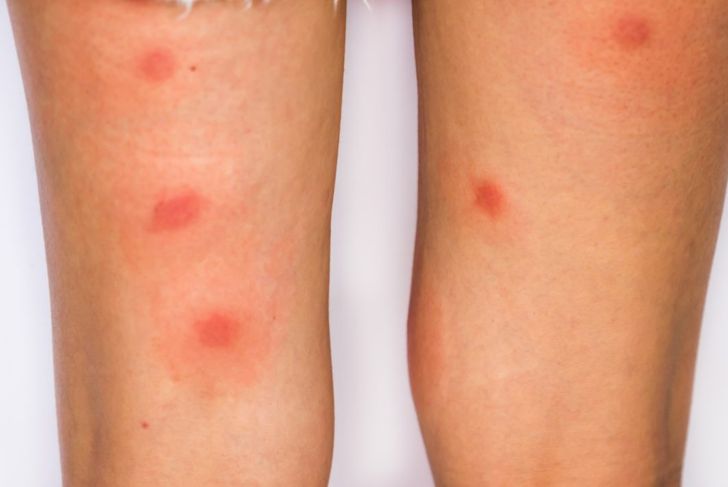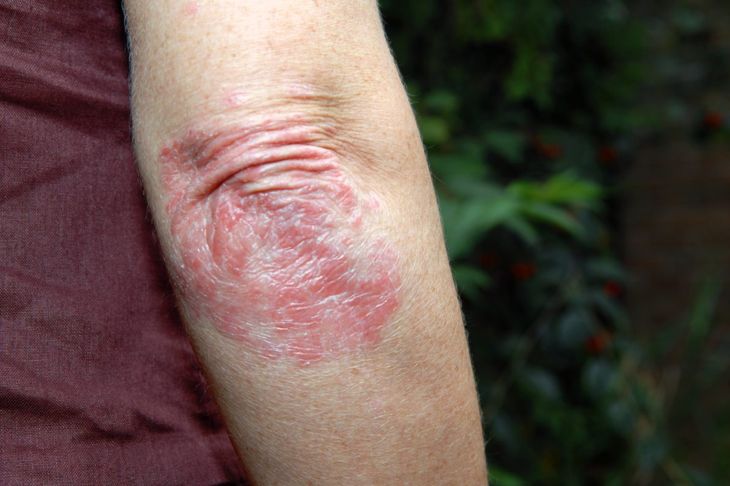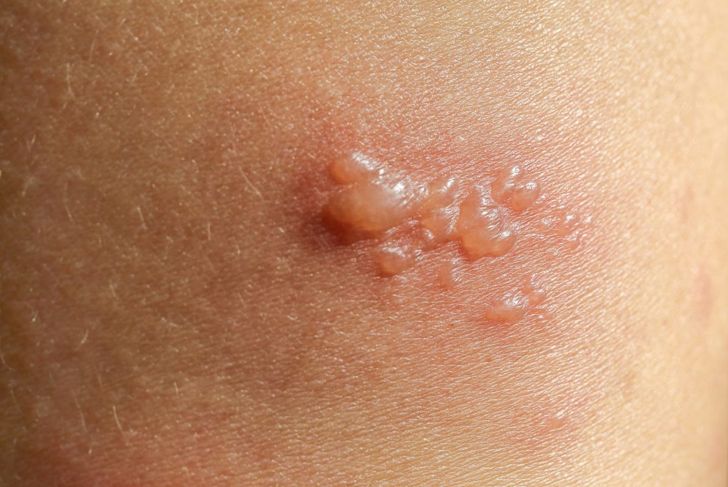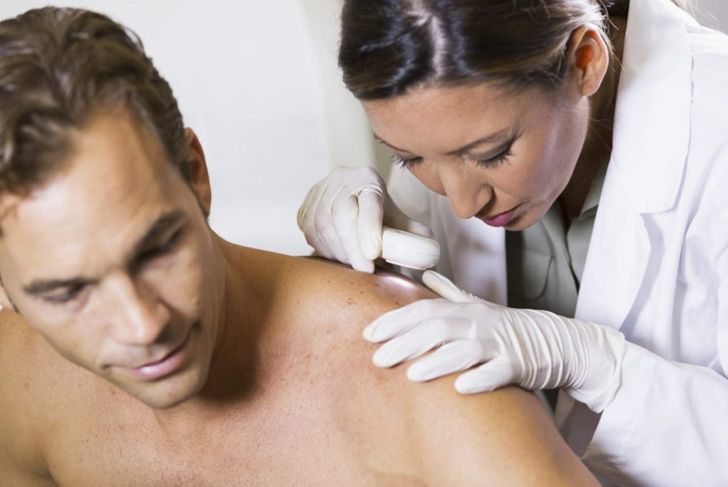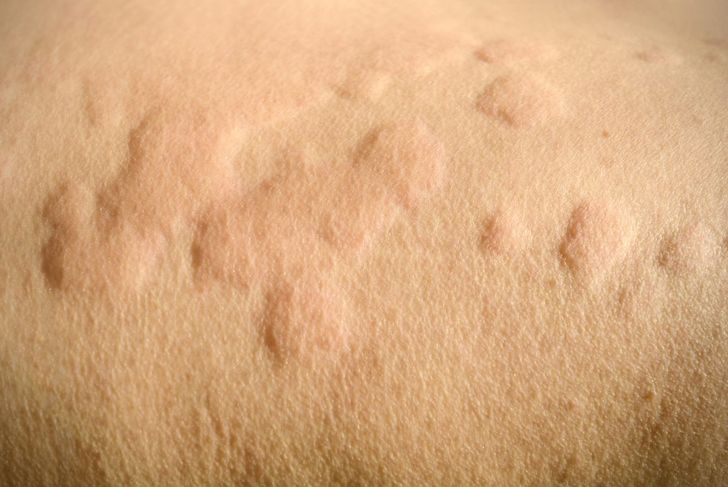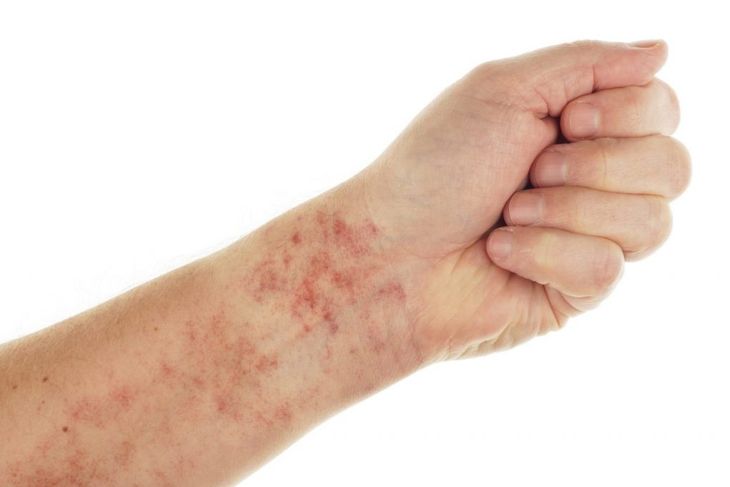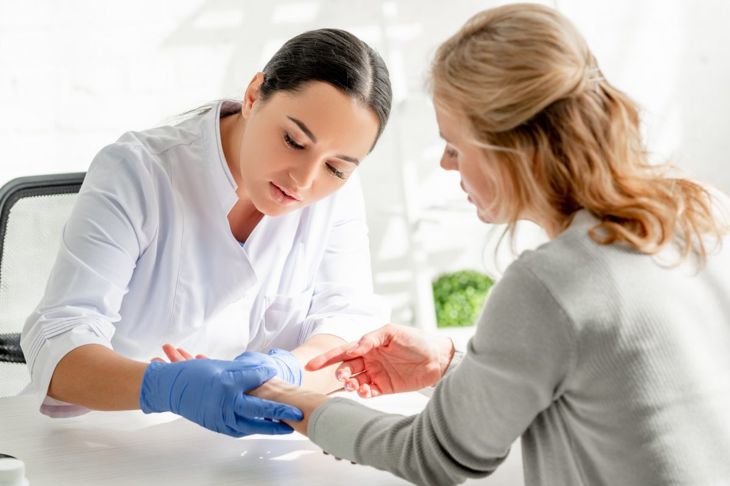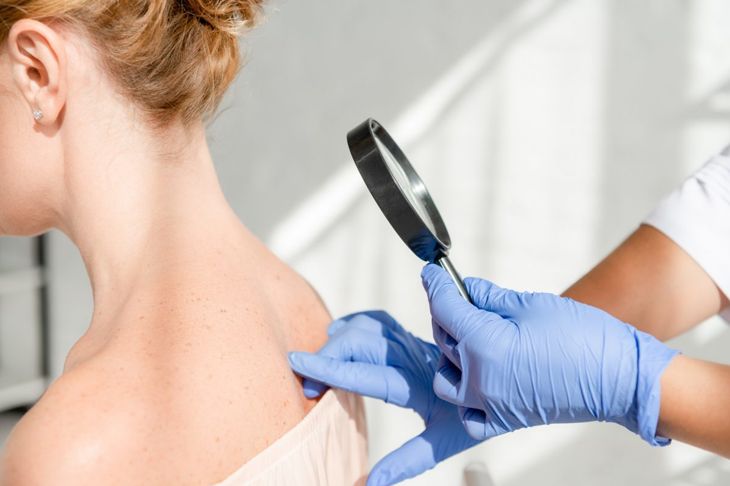There are multiple types of skin lesions, which medical experts classify using a specialized language. Descriptions include the type of lesion, configuration, texture, location, distribution, and color. “Rash” is a general term for skin lesions, but it is not specific enough for a diagnosis. The qualities of the rash often give doctors clues to the cause.
Macules
Macules are skin lesions that are usually less than 10 mm across. There is no change in skin thickness or texture, in most cases. The rashes associated with rubella and measles are macular, but others are benign, like freckles and moles. Macules appear in some chronic conditions, too. The depigmented spots in vitiligo are also considered macules.
Papules
Another common lesion is papules, which are elevated and typically less than 10 mm in diameter. Examples include insect bites, warts, and some acne. Nodules are firm papules that go into the subcutaneous tissue. Some are caused by chronic conditions, such as reactive arthritis and dermatomyositis, an inflammatory disease.
Plaques
Plaques are either elevated atop or depressed from the skin’s surface and are greater than 10 millimeters in diameter. Psoriasis is the most common plaque lesion, though there are other chronic causes as well. Sarcoidosis presents with red or purple plaques in up to 25 percent of patients. Lupus erythematosus, an autoimmune disease, usually presents with scarring plaques on areas of the body exposed to the sun.
Vesicles and Bullae
Vesicles and bullae are similar skin lesions. Both are clear, fluid-filled blisters, though vesicles are less than 0.5 mm in diameter while bullae are larger. The former is common with herpes infections and allergic contact dermatitis; the latter is caused by burns, bites, or contact dermatitis from allergens or irritants.
Pustules
Pustules are skin lesions that appear in cases of acne and folliculitis, an infected or inflamed hair follicle. These small, pus-filled, blister-like sores can appear anywhere on the body, but they are most common on the shoulders, face, back, and particularly sweaty areas. Pustules can indicate infection and should be checked by a physician.
Uticaria
Urticaria, also known as hives or wheals, are elevated skin lesions caused by local edema or swelling. They are a common reaction to hypersensitivity or allergies and are often red and itchy. Urticaria usually lasts about 24 hours. The wheals appear in various sizes, cause a range of symptoms, and get less red and itchy as the hypersensitivity runs its course.
Ulcers
Ulcers can be quite deep and result from damage to the epidermis and part of the dermis. Infections, peripheral artery disease, and trauma can cause them. Decubitis ulcers or pressure ulcers are an extreme example that often develops in people with decreased mobility. Being bound to a bed or wheelchair places pressure on bony prominences, like the heels, tailbone, and back of the head, leading to skin breakdown and ulceration over time.
Petechiae
Petechiae results from broken blood vessels and bleeding under the skin. They appear as small red, brown, or blue dots and may indicate a significant health problem. Common causes of petechiae include injury, trauma, infection, and low platelet count. They are common in people taking blood thinners and can be a symptom of serious illnesses, like leukemia or septicemia. However, suction on the skin can cause minor cases and, depending on the cause, is often harmless and short-lived.
Configuration and Texture
The configuration and texture of skin lesions are essential in diagnosing their cause. Linear lesions are often the result of contact dermatitis or trauma, while ringed lesions usually indicate ringworm. Branched and curving lesions are characteristic of a fungal or parasitic infection, and those with a central indentation are typically viral.
Diagnosis and Treatment
Diagnosis and treatment of skin lesions vary greatly, depending on the presentation and cause. The doctor considers where the lesions appear, how many are present, and the pattern. As with form, some locations are consistent with specific diseases: psoriasis commonly affects the scalp and inner knees and elbows, while vitiligo usually appears on the hands and around the eyes and mouth.

 Home
Home Health
Health Diet & Nutrition
Diet & Nutrition Living Well
Living Well More
More